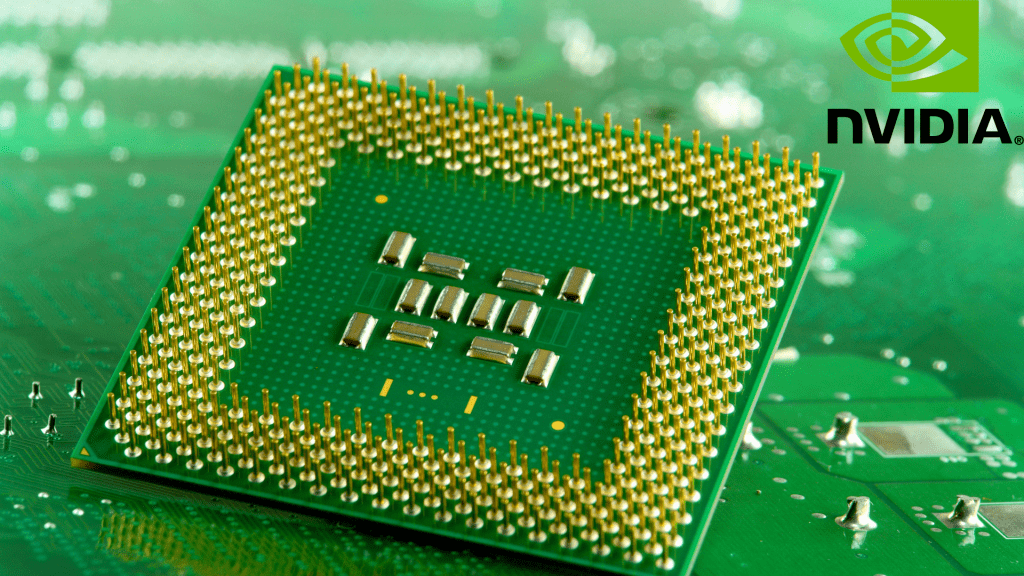Nvidia, a titan in the artificial intelligence (AI) industry, has once again demonstrated its market dominance with record-breaking revenues. However, the company’s latest financial results have failed to fully satisfy Wall Street’s lofty expectations, highlighting the immense pressure on the tech giant to maintain its meteoric growth.
Nvidia’s Pivotal Role in the AI Boom
As one of the largest companies in the stock market, Nvidia has become a barometer for the entire AI industry. The company’s chips are in high demand, fueling a boom that has seen its stock price soar by over 160% this year. With a market value of approximately $3.1 trillion, Nvidia is second only to Apple in market capitalization.
The tech giant’s influence extends beyond its own stock performance. Nvidia now accounts for about 6% of the S&P 500 index and has contributed to more than a quarter of the benchmark index’s 18% gain this year. This outsized impact has led Deutsche Bank analysts to compare Nvidia’s earnings reports to major economic indicators like U.S. jobs reports or CPI releases in terms of their effect on market movements.
Q2 Earnings: Impressive Growth Meets Mixed Reception
Nvidia’s latest quarterly report, released after market close on Wednesday, revealed impressive revenue growth. The company more than doubled its revenue to $30 billion compared to the same quarter last year. Despite this remarkable performance, Nvidia’s shares fell 7% in after-hours trading, reflecting the gap between the company’s strong results and the market’s sky-high expectations.
The company’s forecast for the current quarter, projecting revenue of $32.5 billion with a 2% variance, only marginally exceeded analysts’ consensus expectations. This guidance, coupled with concerns over production issues affecting Nvidia’s next generation of AI chips, contributed to the lukewarm market response.
Growth Rate Slows, But Remains Robust
While Nvidia’s year-over-year revenue growth of 122% is undoubtedly impressive, it marks a deceleration from the 262% growth recorded in the previous quarter. Earnings per share came in at 68 cents, surpassing analysts’ estimates of 65 cents.
CEO Jensen Huang remains optimistic about the company’s trajectory, stating, “Everyone is racing towards the future… It’s our responsibility to help the world get there.” Huang emphasized the accelerating momentum of generative AI and predicted significant data center revenue growth in the coming year.
Challenges and Future Outlook
Nvidia faces hurdles in the production of its next-generation Blackwell chips. CFO Colette Kress confirmed delays but assured investors that steps have been taken to improve production yields. Blackwell production is slated to begin in the fourth quarter of the current fiscal year and continue into fiscal year 2026.
Despite these challenges, demand for Nvidia’s current generation of Hopper chips remains robust. The company has announced plans to generate “several billion dollars” in revenue from its next-generation AI chips in the current fiscal year, underscoring its continued dominance in the AI hardware market.
As Nvidia navigates the high expectations set by its own success, the company’s performance continues to be a crucial indicator of the health and trajectory of the broader AI industry. The coming quarters will be pivotal in determining whether Nvidia can maintain its growth trajectory and meet the market’s ever-increasing expectations.

